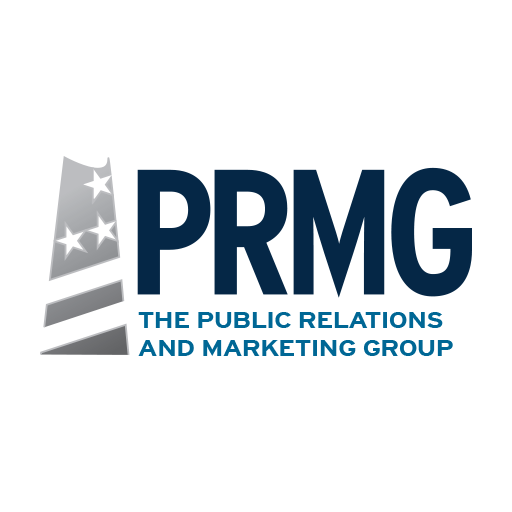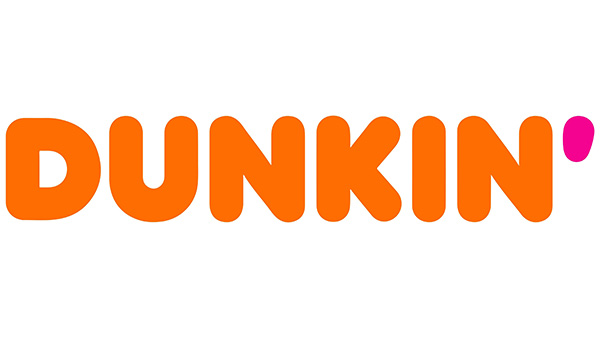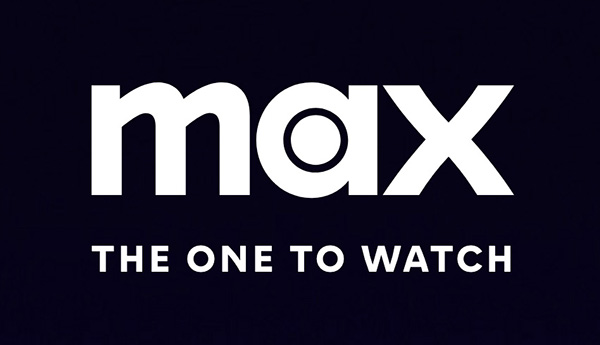
What about Inbound? Who uses print nowadays? Print what? These are all questions that clients ask marketing professionals as they decide where to allocate the money in their marketing budget. They think of print as their parents’ marketing techniques and want inbound marketing plans as cutting edge as Google’s.
But these ideas aren’t mutually exclusive, and inbound marketing should never fully replace traditional marketing, because each strategy has its own weaknesses that need to be considered. By merging traditional and inbound marketing strategies, with unified and concise messages, you create more comprehensive and effective marketing plans.
Inbound vs Traditional
Pros: Inbound marketing works off the idea that having a strong web presence (high-quality website, blogs, social media, etc.) will help consumers find your business. It is an incredibly effective way to help consumers find your company when they need your products or services.
Traditional marketing, on the other hand, raises awareness of your company regardless of whether or not recipients are currently looking for your company’s products or services. The best benefit of traditional media is its ability to evenly reach consumers across demographics.
Cons: Traditional media is generally seen as more expensive and less efficient, while inbound marketing is dependent on the technological capabilities of your target audience.
Who uses print?
While younger generations are increasingly using the Internet to do everything from making everyday purchases to dating, adults aged 35+ are more likely to be engaged using traditional media (print, TV, radio etc). Coincidentally, older consumers are more likely to have the disposable income needed to buy products and services, and according to The Pew Internet Project, 1 in 5 American adults does not even use the Internet, and while reliance on print marketing has decreased in recent decades, usage has not.
Today, companies use print marketing when they want to directly target a geographic area, a demographic group, or an industry (trade publications are very effective ways to reach executives in specific industries and hobbyists).
Print what?
So what kinds of printed materials do we recommend for our clients? It completely depends on the type of business and their short-term goals; but print marketing campaigns are generally comprised of direct mail, deliverables, and advertisements in print publications.
Direct mail (postcards, letters, or magazine inserts) and deliverables (fliers, brochures, stationery or anything else that you hand out) provide your audience with tangible pieces reminders of your company. They reinforce your branding efforts and are effective ways to increase awareness of what your company offers.
Print is arguably the best way to target a segment of the community. You can refine your campaign by age, occupation, gender, etc. With a targeted list, direct mail becomes a very affordable way to increase your market share, and since it is integrated with recipients’ mail, it becomes highly likely that your audience will view your marketing materials.
Similarly, well-placed advertisements in trade/cultural/hobby publications allow your company to target leaders in an industry. While an ad for a top-of-the-line boat engine might seem out of place in your local newspaper, it’s common sense in a boating magazine. This isn’t to say that daily newspapers and Pennysavers are bad investments. On the contrary, local publications often offer good rates that will allow you to run more impactful half-page or full-page ads.
Okay, but what about Inbound?
Your print marketing campaigns should NOT replace inbound marketing efforts. Instead, these two strategies should complement each other and work together to impress prospective customers. Connect print and online marketing by directing customers back to your website or social media pages, use QR codes, or provide your email address. Lastly, it’s imperative that you have consistent branding — this means using the same logo, color schemes, and messages for online and print marketing. When you direct customers back to your website, it should look similar to your advertisement, and it should be easy for them to find what you advertised.
Inbound and traditional marketing efforts have an incredible ability to cover each other’s weaknesses. Together, they form a comprehensive marketing strategy and, by combining elements of online marketing and print marketing to promote your business, you will strengthen your brand and will see a better return on your investment.


